What Is A Kidney Dialysis Diet?
Are you or someone you know suffering from end-stage kidney disease? If so, a kidney dialysis diet might be an important part of managing your health.
This diet helps reduce fluid and waste buildup and can have a significant impact on how well you feel day-to-day. It's essential to consult with a healthcare provider to ensure that the diet is balanced and healthy - but don't worry, there are plenty of resources available to help you make the right decisions.
In this article, we'll explore what a kidney dialysis diet is, the effects of certain nutrients, tips for fluid intake, as well as guidelines and resources for making sure your diet is managed in the best way possible. There are many steps to improving kidney health, you just need the right tools.

Jump to:
- Overview
- Guidelines and Restrictions
- Fluid Intake Considerations
- Testing and Assessment
- The Need for Increased Protein Intake for Dialysis Patients
- Limiting Nutrients
- Consulting Healthcare Provider
- Eating Out
- Supplements and Vitamins
- Kidney Dialysis Diet: Examples
- FAQs about Kidney Dialysis Diets
- An Optimal Dialysis Diet Maximizes Your Quality Of Life
Overview
A kidney dialysis diet is specifically designed for individuals who are undergoing hemodialysis or peritoneal dialysis treatment. This type of diet helps to reduce fluid and waste buildup between treatments as the damaged kidneys are unable to filter them out efficiently. Following the do’s and don'ts of this diet is essential in reducing the risk of health complications associated with kidney disease or dialysis.
The key components of a kidney dialysis diet include consuming plenty of high-quality protein; restricting sodium, potassium, and phosphorus; limiting fluids; doing monthly laboratory tests; and obtaining nutrition assessment when beginning hemodialysis or at least yearly.
Additionally, dietary guidelines provide advice on how to safely manage mineral balance while also providing suggestions for meal planning. You might want to eat while on a dialysis machine as well.
It's essential that patients understand their options when it comes to managing their own health through food selection and lifestyle choices.
Registered dietitians are available to work with patients individually in order to understand their specific needs and create healthy meal plans that will provide adequate energy levels throughout the day while also controlling nutrient intake levels. Learning to follow a kidney dialysis diet meal plan gets easier with time.
For More Recipes and Ideas --->> Get Your Free Meals and Recipes That Are Perfect for Pre-Dialysis Diets, Pre-Dialysis with Diabetes, or Dialysis Diets.
Guidelines and Restrictions
You need to be aware of the important guidelines and renal diet restrictions when it comes to your health, as they could have a major impact on how you feel. If you're on dialysis, it's particularly important to maintain a healthy diet.
For those undergoing hemodialysis, the diet should contain high-quality protein from lean meats, poultry, fish, and egg whites while restricting sodium, phosphorus, and potassium. It's also recommended that fluid intake be monitored closely as too much can cause discomfort between treatments.
With renal failure, the body is unable to properly regulate levels of these substances which can cause unwanted symptoms. Moreover, unlike healthy kidneys, the diseased kidneys of people with kidney failure are unable to filter and excrete water from the body properly, hence the need for fluid restriction.
Nutrition assessment should be done when first beginning hemodialysis or at least yearly thereafter in order to evaluate for anemia, mineral balance, and adequacy of dialysis. To help stay within acceptable ranges for test results, be sure to follow the guidelines set by your healthcare provider and consult a dialysis dietitian to optimize your daily food plan.
Keep in mind that following this type of diet can't cure or reverse any existing damage but will help patients live a productive life while on dialysis and minimize side effects such as infections, headaches, and nausea.

Fluid Intake Considerations
Managing fluid intake is key to keeping dialysis treatments comfortable and effective. Fluid monitoring between dialysis sessions helps prevent discomfort and reduce the risk of complications. Guidelines are provided to help monitor fluid intake, which can be from drinks as well as food. Here are four tips for tracking fluid intake:
- Read nutrition labels on food products to identify hidden sources of fluids.
- Use a measuring cup when preparing meals at home or eating out.
- Track your daily water intake using an app or journaling system that works for you.
- Keep a tally of all fluids consumed throughout the day, including coffee, tea, milk, soup, juice, and other beverages consumed throughout the day.
Fluid restrictions should be individualized according to the patient's current condition and activity level. Hence, it's important not to exceed a certain amount recommended by your doctor or dietitian in order to avoid feeling weak or dizzy after dialysis treatments have been completed. On average, most dialysis patients are limited to a fluid intake of less than 32 ounces per day.
Excessive fluid gain between hemodialysis sessions can cause discomfort due to congestion in the body tissues or even lead to serious health problems such as congestive heart failure if left untreated for too long. Some symptoms of excessive fluid intake include swelling and shortness of breath. Pay close attention to fluid
It may take some time getting used to monitoring your own fluids each day, but with practice and patience, you'll soon become more aware of how much you need in order to stay healthy during dialysis treatments without suffering any side effects due to undue dehydration or overhydration from excessive consumption of liquids or foods containing high levels of liquid content respectively.
Testing and Assessment
Keeping track of your health while undergoing dialysis treatments is essential for a successful outcome, so monthly lab tests are done to make sure everything's in check. These include evaluations of anemia, mineral balance, protein nutrition, and adequacy of the dialysis.
To keep test results within acceptable ranges, it's important to follow the recommended diet plan. This includes limiting sodium, potassium, and phosphorus intake as well as monitoring fluid intake between treatments.
Achieving good nutrition can help reduce the risk of complications associated with kidney disease and dialysis, including muscle weakness, weak bones, joint pain, skin ulcers, and high blood pressure from excess fluid retention.
A qualified renal dietitian can provide individualized advice on how best to manage your diet plan depending on your current condition and activity levels. They can also offer useful resources, such as free cookbooks with kidney-friendly recipes or meal plans when eating out at restaurants that cater to those with special dietary requirements.
It's important to remember that following a renal diet cannot cure or reverse damage caused by chronic kidney disease, but it can help avoid feeling weak or dizzy after dialysis sessions have been completed. As always, check with your medical team for diagnosis and treatment information if you experience any symptoms that concern you or in case of emergency, call 9-1-1 right away.

The Need for Increased Protein Intake for Dialysis Patients
Protein plays a crucial role in the health and well-being of dialysis patients. Adequate protein intake is essential to support muscle maintenance, promote wound healing, and minimize protein catabolism, which is common in individuals with chronic kidney disease.
However, dialysis treatment itself can increase protein breakdown and lead to a loss of muscle mass. Therefore, it is necessary for dialysis patients to aim for an appropriate amount of protein intake to mitigate these effects and maintain optimal nutritional status.
Dialysis patients often experience a decrease in protein intake due to various factors such as dietary restrictions, loss of appetite, and dietary misconceptions. Studies have shown that the average protein intake of dialysis patients falls below the recommended amounts, indicating the need for dietary protein management to ensure adequate nutrition.
The recommended amount of protein intake for dialysis patients is higher compared to the general population. The Kidney Disease Outcomes Quality Initiative (KDOQI) guidelines recommend a dietary protein intake of 1.0 to 1.2 grams per kilogram of body weight per day for patients on maintenance dialysis. Make sure you also pay attention to protein for CKD Patients by stage.
These values are higher than the average protein intake of the general population, which is typically around 0.8 grams per kilogram of body weight per day.
Increasing protein intake for dialysis patients is crucial for several reasons. Firstly, protein is essential for maintaining and repairing body tissues, especially muscles.
Dialysis patients are at a higher risk of muscle wasting and protein breakdown due to the catabolic state associated with CKD and dialysis treatment. Consuming adequate protein helps preserve muscle mass and prevent protein catabolism.
Secondly, protein intake is crucial for wound healing. Dialysis patients may experience delayed wound healing due to impaired immune function and compromised blood flow. Sufficient protein intake supports the production of new tissue, aids in collagen synthesis, and promotes wound healing.
Furthermore, adequate protein intake can help manage albumin levels. Albumin is an important protein found in the blood, and low levels are associated with poor outcomes in dialysis patients. Consuming enough protein can help maintain or increase albumin levels, indicating improved nutritional status and overall health.
To achieve the recommended protein intake, dialysis patients should focus on including protein-rich foods in their diet. Some examples of high-protein foods suitable for dialysis patients include lean meats (such as poultry and fish), eggs, low-fat dairy products, tofu, legumes, and nuts.
It is important to note that patients should consult with a registered dietitian specializing in renal nutrition to ensure that their protein intake aligns with their specific needs and dietary restrictions, such as potassium and phosphorus control.
In addition to increasing protein intake, it is also crucial for dialysis patients to monitor their actual protein intake. Regular assessments of dietary protein intake are necessary to ensure patients are meeting their individual protein goals.
This can be done through dietary recall, food diaries, or consultations with a registered dietitian. If actual protein intake is found to be inadequate, appropriate dietary modifications can be made to address the deficiency.
Limiting Nutrients
For dialysis patients, limiting certain nutrients like sodium, potassium, and phosphorus is key to managing their health. This means that dietary guidelines should be tailored specifically for people who are on hemodialysis or peritoneal dialysis.
It's important to keep in mind that everyone is different and there may not be one-size-fits-all solutions. Working with a registered dietitian can help you find the best meal plan for your needs and lifestyle.
Additionally, supplements and vitamins may be beneficial in some cases so it's important to talk with your healthcare provider about any additional nutritional needs or questions you might have related to kidney disease diets or meal planning options.
With the right information, support from healthcare professionals and family and friends, it's possible to live a productive life while on kidney dialysis!
Limiting Sodium
For individuals on dialysis, controlling sodium intake is crucial to maintain overall health and manage fluid balance. Excessive sodium consumption can lead to fluid retention, high blood pressure, and increased cardiovascular risks.
Here are some tips on reducing sodium intake and incorporating appropriate dietary choices for dialysis patients:
- Read Food Labels: Pay close attention to food labels and choose low-sodium or sodium-free options. Foods labeled as "low sodium" contain less than 140 mg of sodium per serving.
- Avoid Processed and Canned Foods: Processed and canned foods often contain high amounts of sodium. Opt for fresh, whole foods whenever possible to reduce sodium intake.
- Cook at Home: Preparing meals at home allows you to have better control over the sodium content of your food. Use herbs, spices, and other flavorings to enhance taste instead of relying on salt.
- Limit Condiments and Sauces: Many condiments and sauces, such as soy sauce, ketchup, and salad dressings, are high in sodium. Look for low-sodium alternatives, salt substitutes or use them sparingly.
- Choose Fresh Fruits and Vegetables: Fresh fruits and vegetables are naturally low in sodium and provide essential nutrients. Incorporate a variety of colorful produce into your diet.
- Monitor High-Sodium Foods: Be aware of high-sodium foods to limit or avoid, such as processed meats, pickled foods, cheese, and fast food.
It is generally recommended that dialysis patients limit their daily sodium intake to 2,000 mg per day. However, it's important to consult with a healthcare professional or a registered dietitian who specializes in renal nutrition to determine the appropriate sodium intake for your specific needs.
They can provide personalized guidance based on your individual health status and dialysis treatment.
By adopting a low-sodium diet, dialysis patients can better manage their fluid balance, blood pressure, and overall well-being.
Limiting Potassium
For individuals on dialysis, managing level of potassium consumption is crucial to prevent imbalances and potential complications. High levels of potassium can pose a risk to heart health and overall well-being.
Here are some tips on reducing potassium intake and making appropriate dietary choices for dialysis patients:
- Portion Control: Keep portion sizes of high-potassium foods in check. Even foods considered low in potassium can become problematic if consumed in large quantities. Portion control for CKD patients is important.
- Choose Low-Potassium Foods: Opt for low potassium fruits and vegetables. Examples include apples, berries, cabbage, cauliflower, green beans, and lettuce.
- Soaking and Boiling: Soaking high-potassium vegetables in water for several hours and boiling them can help reduce potassium levels.
- Avoid High-Potassium Foods: Limit or avoid foods that are naturally high in potassium, such as bananas, oranges, tomatoes, potatoes, avocados, and spinach.
- Read Food Labels: Pay attention to food labels and choose products with lower potassium content. Foods labeled as "low potassium" contain less than 200 mg of potassium per serving.
- Cooking Techniques: Certain cooking techniques, like boiling or leaching, can help decrease potassium levels in food. For example, soaking potatoes in water and boiling them before consumption can help reduce their potassium content.
The recommended daily intake of potassium for patients on dialysis varies depending on individual needs and may range from 2,000-3,000 mg per day. By following a low-potassium diet, dialysis patients can better manage their potassium levels and avoid potentially life-threatening complications of hyperkalemia (high blood potassium levels).
Limiting Phosphorus
For individuals on dialysis therapy, managing phosphorus levels is crucial to prevent complications such as bone disease and cardiovascular risks. There are many low phosphorus foods you can enjoy.
Since the kidneys are unable to effectively remove excess phosphorus from the body, patients undergoing dialysis treatment sessions must be mindful of their phosphorus intake, even if they are already taking phosphate binders.
Here are some tips to help reduce phosphorus intake and make appropriate dietary choices:
- Read Food Labels: Pay close attention to food labels and choose products that are low in phosphorus or labeled as "phosphorus-free." Avoid foods with phosphorus additives like phosphoric acid.
- Limit High-Phosphorus Foods: Restrict or avoid foods that are naturally high in phosphorus, including dairy products, certain nuts, seeds, whole grains, and dark-colored sodas.
- Choose Low-Phosphorus Alternatives: Opt for lower-phosphorus alternatives such as almond milk instead of cow's milk, white bread instead of whole grain bread or bran breads, and lean proteins like poultry and fish instead of high-phosphorus meats.
- Soak and Rinse Foods: Soaking and rinsing high-phosphorus foods like beans and legumes before cooking can help reduce their phosphorus content.
- Work with a Dietitian: Consult with a registered dietitian who specializes in renal nutrition. They can create a personalized meal plan that accounts for your specific needs and helps manage phosphorus intake.
The recommended daily intake of phosphorus for patients on dialysis is generally limited to 800-1,200 mg per day.
Strictly controlling phosphorus intake and adhering to a low-phosphorus diet can help dialysis patients maintain optimal phosphorus levels and prevent complications associated with excessive phosphorus in the body.
Consulting Healthcare Provider
It's important to consult with your trusted health professionals, especially your nephrologist (kidney doctor) when making dietary decisions for kidney dialysis. They can provide you with specific recommendations based on your individual needs and health condition.
Your healthcare provider can also help you understand how to limit certain nutrients in your diet, such as sodium, potassium, and phosphorus. They may refer you to a registered dietitian or nutritionist who specializes in renal diets.
A nephrologist, with the help of a kidney dietitian can help you create an individualized food plan that meets the nutritional requirements of people with kidney disease on dialysis therapy. They will also provide tips for eating out, food safety guidelines, and strategies for meal planning.
In addition to consulting with a healthcare professional, there are many resources available online that provide valuable information about kidney dialysis diets. You can find recipes, meal plans, nutrition guides, and other helpful materials designed to meet the needs of those living with chronic kidney disease or undergoing dialysis treatments.
Don't hesitate to reach out for help if needed; it's important that you get the right advice so that your treatment is successful and comfortable!
Eating Out
Eating out doesn't have to be a challenge; there are plenty of options available for those with chronic health conditions. If you're on kidney dialysis, you may think your meal choices are limited when eating out. However, the truth is that there are many great options available for people on a hemodialysis diet. You can totally start dining out with kidney disease.
With careful planning and understanding of your nutritional needs, dining out can be enjoyable and nutritious. When deciding on where to eat, look for restaurants offering healthy options such as lean meats, fresh vegetables, and whole grains.
It's important to watch portion size to maintain a balanced diet and prevent weight gain between treatments. Many restaurants have nutrition information listed online or in printed form at the restaurant, which can be helpful when making decisions about what foods to order.
Additionally, some restaurants offer special meals or menus specifically designed for individuals with dietary restrictions due to medical needs like kidney dialysis diets.
It's also important to pay attention to ingredients used in cooking dishes, as they may contain hidden sources of sodium, potassium, or phosphorus. Ask questions about how the food is prepared since sauces and dressings can add extra calories and fat without adding much flavor or nutrition.
Eating out doesn't have to be a tough ordeal. By being mindful of ingredients used in the kitchen and paying attention to portion sizes, you can enjoy delicious meals while still following your kidney dialysis diet!
Supplements and Vitamins
For those on a special diet related to chronic health conditions, dietary supplements and vitamins can be an important part of maintaining overall wellbeing. People with kidney disease may need to take additional supplements as well as eat foods that are rich in specific nutrients.
Because the kidneys are not able to filter out certain substances from the body like they used to, it's important for patients to work closely with their healthcare provider or dietitian to find the best balance of supplements and food sources.
It's also essential that people on a kidney dialysis diet talk with their healthcare team about any other medications or supplements they're taking, as some of these could interfere with the effectiveness of dialysis treatments or cause adverse reactions when taken together.
Vitamins and minerals such as calcium, magnesium, and vitamin D can help strengthen bones and prevent osteoporosis; iron and folic acid helps maintain red blood cells; omega-3 fatty acids support heart health; zinc helps improve immune function; probiotics aid digestion; and Vitamin B12 is necessary for healthy nerves.
While these vitamins and minerals offer benefits, it is still best to ask your physician first if adding any of these to your medication regimen is advisable.
Kidney Dialysis Diet: Examples
A dialysis diet is an important component of managing kidney health. It requires careful selection of foods and consideration of nutrient content.
One example for the kidney dialysis diet is oatmeal with grapes. It is quick and easy to fix as well as nutritious. For lunch, you can have salads and other vegetable meals. If you want a sandwich, you can use sourdough bread. For dinner, you can have chicken, rice and carrots.
This is just one of many different examples of foods and meals that you can eat with kidney dialysis diets. There are many different recipes to follow and help you plan your kidney dialysis diet so that you can get a good idea about how to make the most of your life with kidney dialysis.
The only thing that you must do is decide on the kidney dialysis diet structure that you feel will work the best for you and will help you stay on track.
Here are some other sample foods, meals, and snacks that can be included in a dialysis diet:
Breakfast:
- Oatmeal with sliced grapes and a sprinkle of cinnamon
- Whole-grain toast topped with a thin layer of almond butter and banana slices
- Egg white omelet with spinach, mushrooms, and low-fat cheese
Lunch:
- Mixed green salad with cherry tomatoes, cucumbers, and grilled chicken breast
- Quinoa and vegetable stir-fry with tofu or shrimp
- Turkey or chicken breast sandwich on sourdough bread with lettuce, tomato, and mustard
Snacks:
- Fresh fruit options like apples, oranges, or berries
- Raw vegetable sticks (carrots, celery, bell peppers) with hummus
- Air-popped popcorn or unsalted pretzels
Dinner:
- Grilled or baked salmon with roasted sweet potatoes and steamed asparagus
- Brown rice or whole-wheat pasta with marinara sauce and a side of steamed broccoli
- Stir-fried tofu or lean beef with mixed vegetables and a small portion of white rice
Dessert:
- Baked apples with a sprinkle of cinnamon and a dollop of low-fat Greek yogurt
- Fruit salad with a variety of melons, grapes, and citrus fruits
- Rice pudding made with low-fat milk and a touch of vanilla extract
Beverages:
- Water (the primary choice for hydration)
- Herbal teas without added sugar or caffeine
- Fruit-infused water or homemade flavored water (cucumber and mint, lemon and ginger)
It's important to remember that individual dietary needs and restrictions may vary, so it is advisable to work closely with a registered dietitian specializing in renal nutrition.
They can create a personalized meal plan based on your specific health needs, blood test results, and dialysis treatment regimen. This will ensure that your dietary choices align with your kidney dialysis goals, such as controlling potassium, phosphorus, and sodium levels.
In addition to the sample meal ideas provided, there are numerous recipes and resources available to help you plan and diversify your dialysis diet. These resources may include a cookbook for CKD patients, online recipe databases, and educational materials provided by your healthcare team.
By embracing a varied and balanced dialysis diet, you can not only support your kidney health but also enjoy flavorful and nutritious meals.
Remember, the key is to find a kidney dialysis diet structure that suits your individual needs and preferences, empowering you to make the most of your life while effectively managing your kidney health.
FAQs about Kidney Dialysis Diets
If you're on kidney dialysis, it's important to ensure that your diet is well balanced and nutritious.
Protein, which is important for maintaining muscle tissue, should come from lean meats, poultry, fish, egg whites, legumes, or low-fat dairy products.
It's also essential to limit sodium, phosphorus, and potassium in the diet. Fluids should be monitored closely as too much can lead to discomfort between treatments.
Yes, you can exercise while following a kidney dialysis diet! Exercise is an important part of staying healthy and active. Talk to your doctor or healthcare team about what type of physical activity is best for you.
They'll be able to provide personalized guidance on the type and intensity of activity that fits with your lifestyle and health goals.
When exercising, it's important to monitor for any signs of fatigue or difficulty breathing so that you can adjust accordingly. With the right precautions in place, regular exercise can help improve overall well-being while on a kidney dialysis diet.
What is a kidney dialysis diet? Following a kidney dialysis diet doesn't mean you have to sacrifice flavor. Registered dietitians have plenty of recipes that are both delicious and healthy for those on a kidney dialysis diet.
These recipes can be tailored to your individual needs, allowing you to enjoy dishes like oatmeal with grapes, salads, and chicken with rice and carrots. There are also tips for cooking without sodium, potassium, or phosphorus as well as suggestions for eating out with confidence.
If needed, consult a healthcare provider for specific nutrition advice and read up on food safety guidelines to make sure your meals are safe and nutritious.
If you're pregnant and on a kidney dialysis diet, there are some special considerations to keep in mind. It's important to work with your doctor and dietitian to ensure that your meal plan is tailored for both you and your baby.
For example, you may need higher amounts of certain vitamins or minerals such as calcium or iron. You'll also want to watch your fluid intake more carefully than usual, since too much can lead to discomfort during dialysis. Make sure you check out this 7 day low cholesterol meal plan.
An Optimal Dialysis Diet Maximizes Your Quality Of Life
You now have a better understanding of what a kidney dialysis diet is and how to manage it.
It's important to consult your healthcare provider for advice, as they're the best source of information when it comes to managing your health.
Kidney dialysis may have a lot of side effects that depend on the type of dialysis done to the body. Some of the side effects are infections, anemia, headaches, nausea, hypotension amongst others.
The kidney dialysis meal plan can help with some of the side effects of the treatment. It will at least minimize the side effects so that you can still feel normal during the treatment of kidney dialysis as you work to feel better and get back to normal.
With the right eating plan, a dialysis diet can maximize your quality of life, even if you regularly undergo dialysis.


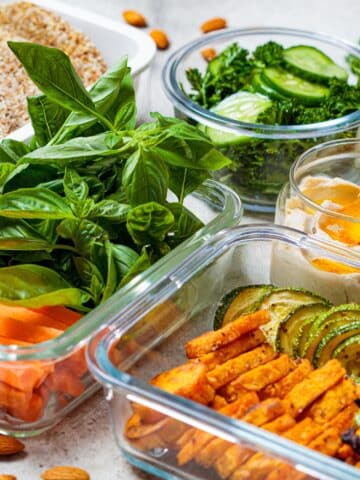
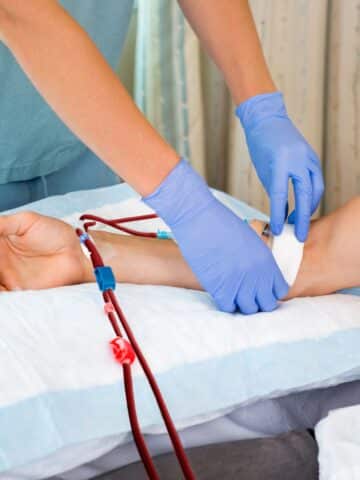
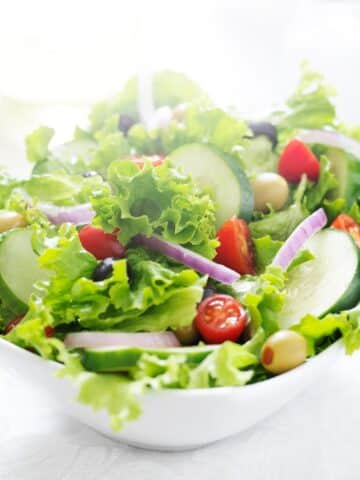

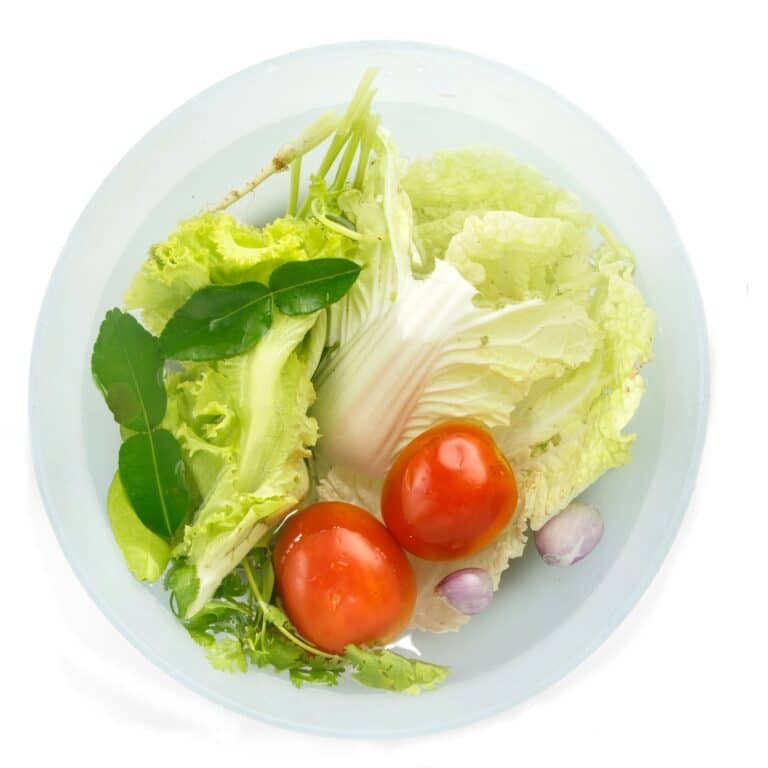

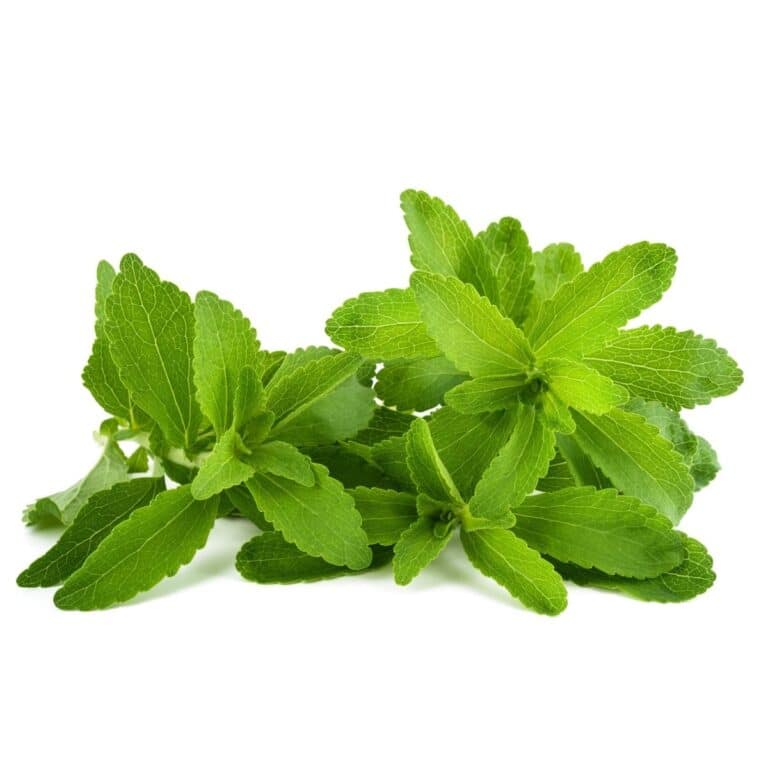
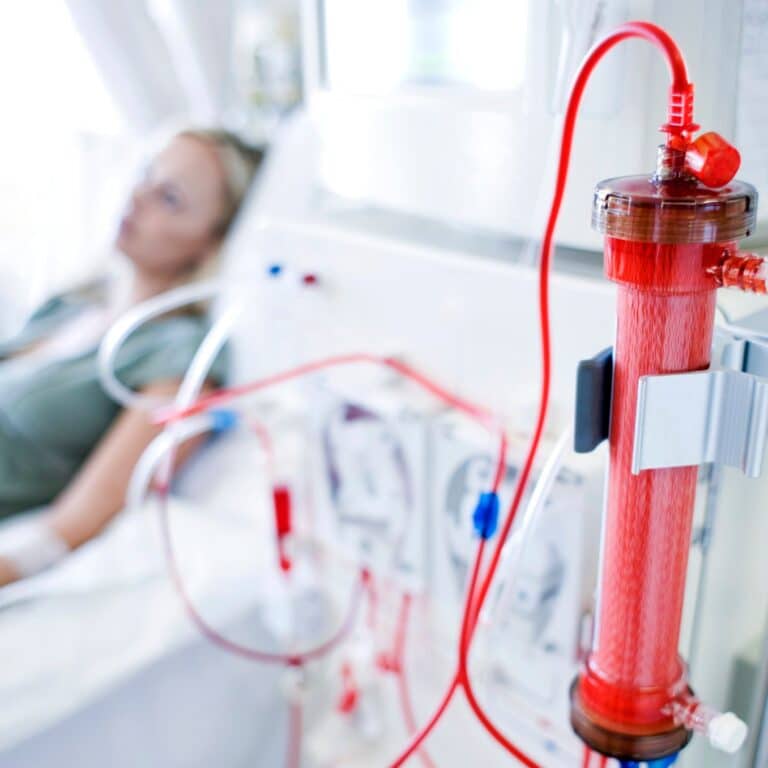
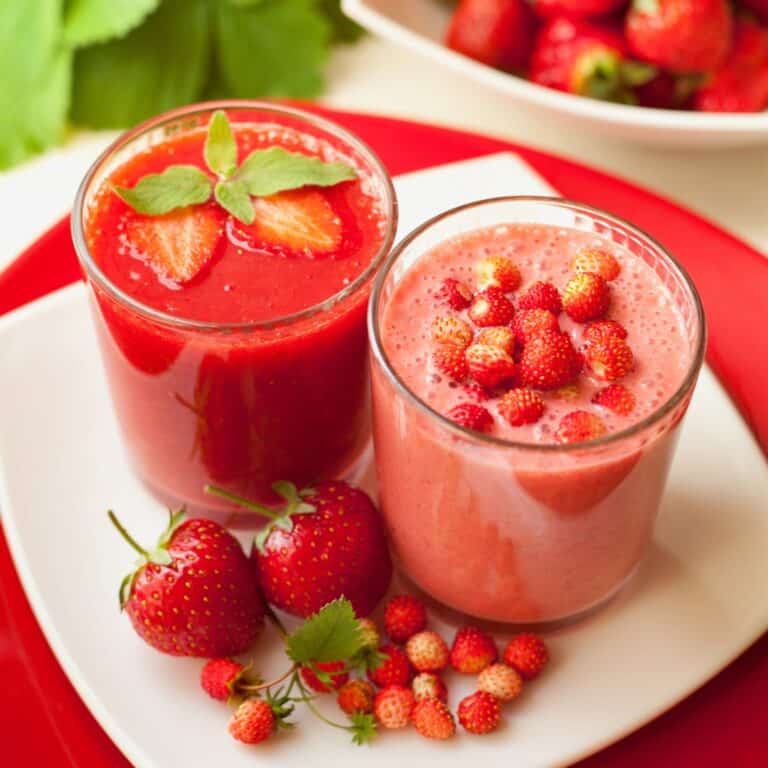




I am genuinely glad to glance at this blog posts which carries
plenty of valuable information, thanks for providing such data.